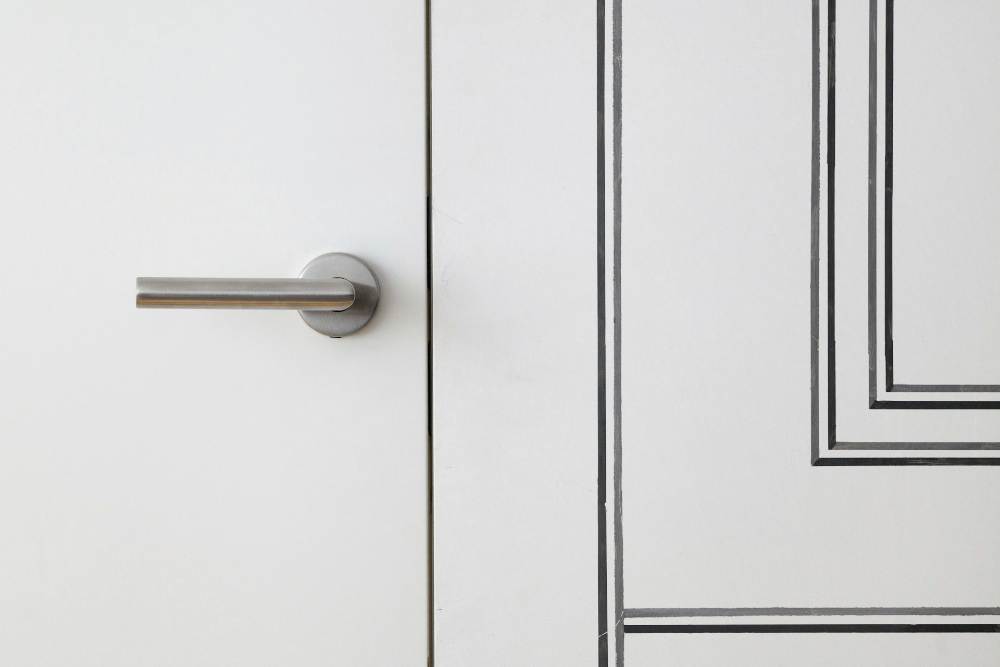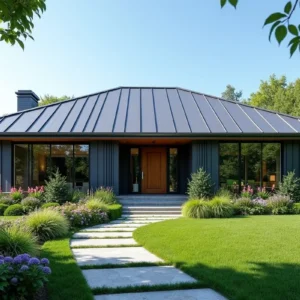When it comes to designing a new residential building, it’s easy to get caught up in the big decisions like floor plans, exterior finishes, and kitchen layouts. But, as any experienced builder knows, the devil is in the details. One of those seemingly small but essential details is door handles. Yes, you heard that right—door handles!
Contents
The Importance of Door Handles
Door handles might not be the first thing that comes to mind when planning a new build, but they hold significant importance. Here’s why:
- First Impressions – The front door handle is one of the first things people touch and see. It sets the tone for the entire home.
- Functionality – A good door handle makes it easy to open and close doors, providing smooth operation for years.
- Safety and Security – High-quality handles can enhance the security of the home, making them a critical component for protecting property and occupants.
- Aesthetic Appeal – Handles contribute to the overall interior design. The right choice can complement architectural styles and decor.
Understanding Different Types of Door Handles
Before picking door handles, it’s crucial to understand the various types available. Here’s a breakdown:
Lever Handles
Lever handles are popular in modern builds due to their ease of use. They come in numerous styles, from sleek and contemporary to ornate and traditional. Lever handles are ideal for accessibility, making them a smart choice for inclusive design, such as for elderly residents or people with disabilities.
Knob Handles
Knob handles have a classic appeal. They’re round and can come in various sizes and materials. While they look charming, they may not be the best choice for everyone, especially young children or elderly people, as they can be tricky to grip and turn.
Pull Handles
Often seen on sliding doors or large entrance doors, pull handles are both functional and visually striking. They can make a bold design statement, especially when crafted from unique materials or designed in unusual shapes.
Dummy Handles
These are used primarily for decorative purposes or on non-latching doors, like pantry or wardrobe doors. They don’t turn or engage with a latch but are perfect for maintaining a consistent look throughout the house.
Key Considerations When Choosing Door Handles
With so many styles and types available, selecting the right door handles can be overwhelming. Here are some key considerations to keep in mind:
Material Matters
The material of your door handles impacts both the aesthetics and durability. Common materials include:
- Brass – Durable and corrosion-resistant, with a classic appeal.
- Stainless Steel – Sleek, modern, and resistant to rust.
- Zinc Alloy – Versatile and affordable, often used for a variety of finishes.
- Glass or Crystal – Adds a touch of luxury and elegance, perfect for interior doors.
Matching Style and Function
The style of the door handle should complement the overall design of the building. For example, a contemporary home might look best with minimalist stainless steel handles, while a rustic home could benefit from antique brass handles. Consider the function, too—handles for frequently used doors need to be sturdy and comfortable to use.
Finishing Touches
The finish of your door handles can dramatically alter their appearance. Popular finishes include polished chrome, brushed nickel, matte black, and antique brass. Each finish offers a different vibe, so choose one that enhances the overall design theme of the building.
Safety and Security
For external doors, security is paramount. Opt for handles that are compatible with robust locking mechanisms. It’s also worth considering handles that meet safety standards, particularly if the building will house families with young children.
Installation Tips
Once you’ve chosen the perfect door handles, proper installation is key to ensuring they function well and look great. Here are a few tips:
- Measure Twice, Install Once – Ensure that the backset, which is the distance from the edge of the door to the centre of the handle, is measured accurately to avoid misalignments.
- Use the Right Tools – A screwdriver and possibly a drill will be your best friends. Make sure to use the appropriate size and type to avoid damaging the hardware.
- Check Alignment – Misaligned handles can cause doors not to latch properly, leading to potential security issues.
- Consider Professional Installation – For high-end or complex handle sets, it might be worth hiring a professional to ensure everything is installed correctly and securely.
Beyond the Basics: Custom and Smart Handles
For those looking to go above and beyond standard door handles, there are options for custom designs and smart technology.
Custom Door Handles
Custom door handles allow for a unique touch that can reflect the personality and style of the building. These handles can be crafted from unusual materials, include intricate designs, or be commissioned to fit specific aesthetic requirements.
Smart Door Handles
With the rise of smart home technology, door handles have also evolved. Smart handles can include keyless entry, biometric scanners, and integration with home automation systems. They offer convenience and enhanced security, making them an attractive option for modern builds.
Maintaining Your Door Handles
Once installed, keeping your door handles in top shape is crucial for longevity. Regular cleaning with appropriate products, avoiding abrasive materials, and checking for any loose screws or components can keep them looking and functioning well for years.
Final Thoughts
Choosing the best door handles for your next residential build is about more than just aesthetics. It’s about blending style with functionality, ensuring security, and adding those finishing touches that make a house feel like a home. So, don’t overlook this detail—it’s those little touches that truly matter.





